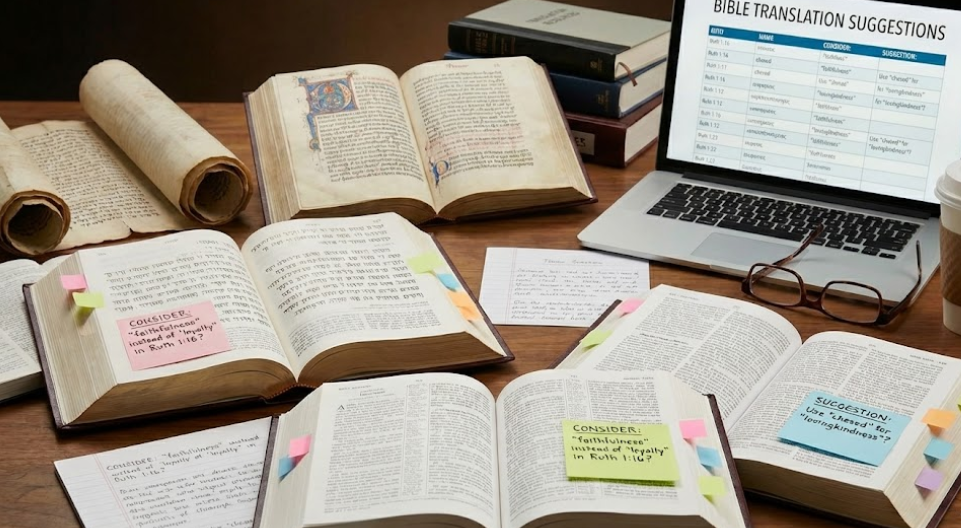Bible Translation Suggestions


Psalm 119:11
Your word I have hidden in my heart, that I might not sin against You.
One of our articles a few weeks ago spoke about the small differences between English Bible translations. After that, a question was asked about bad translations. Now, another follow up question has been asked: What Bible translations do you suggest?
As said in the blog, “Translation Differences,” you can use any mainstream Bible translation. The differences do not “amount to a hill of beans”, as my grandmother would say. Not in order, the main Bibles I would suggest would be:
Translation Abbreviation Category Suggestion
New King James Version NKJV Word-for-word Adults
King James Version KJV Word-for-word Adults
New American Standard Bible NASB Word-for-word Adults
English Standard Version ESV Word-for-word Adults
New International Version NIV Thought-for-thought Adults/Teens
Christian Standard Bible CSB Thought-for-thought Adults/Teens
New Living Translation NLT Paraphrase Adults/Kids
Some people want a more literal approach in their personal study. If that is the case, you should go with a word-for-word. Other people can sometimes find those a little wooden or stiff, so they choose to go with something a little more reader friendly, such as a thought-for-thought.
The most popular translation today is the NIV. People find the wording “user-friendly” while staying true to the original text. It can help to understand difficult passages. I am a more literal, word-for-word kind of guy, so my favorites are the NKJV and the NASB. I mostly preach with the NKJV, although sometimes I will preach from the NIV when in the Old Testament.
For younger believers, the NLT is recommended. A paraphrase can sometimes help them read the Bible more easily and help them grow in their faith early on. It can be used along the lines of a very basic commentary. It acts as a nice stepping stone to the NIV.
The KJV is the most popular, historically. It is a strong, word-for-word rendering. However, since Americans today are not familiar with the 17th Century Early Modern English of the KJV, I do not recommend it for most people. Many senior Christians use it, but they grew up in an era that was familiar with Elizabethan Period English. They find it easier to understand than the latter generations.
If you’re looking for a more comprehensive study plan, you might want to look into a parallel Bible. Parallels offer different translations side by side, giving a balanced understanding. They can help allow readers to get different perspectives on the same passages.
There are many other Bibles on the market, as well. The New International Readers’ Version (NIRV) is great for children under 10. The New English Translation (NET) is a thought-for-thought that scholars like at times. It is only available online, however.
There are many other good Bibles out there not mentioned in today's blog. If there is a particular Bible translation you are wondering about that was not listed today, please don’t hesitate to ask. My prayer is that we all get a solid understanding on this and every necessary subject related to the things of God.